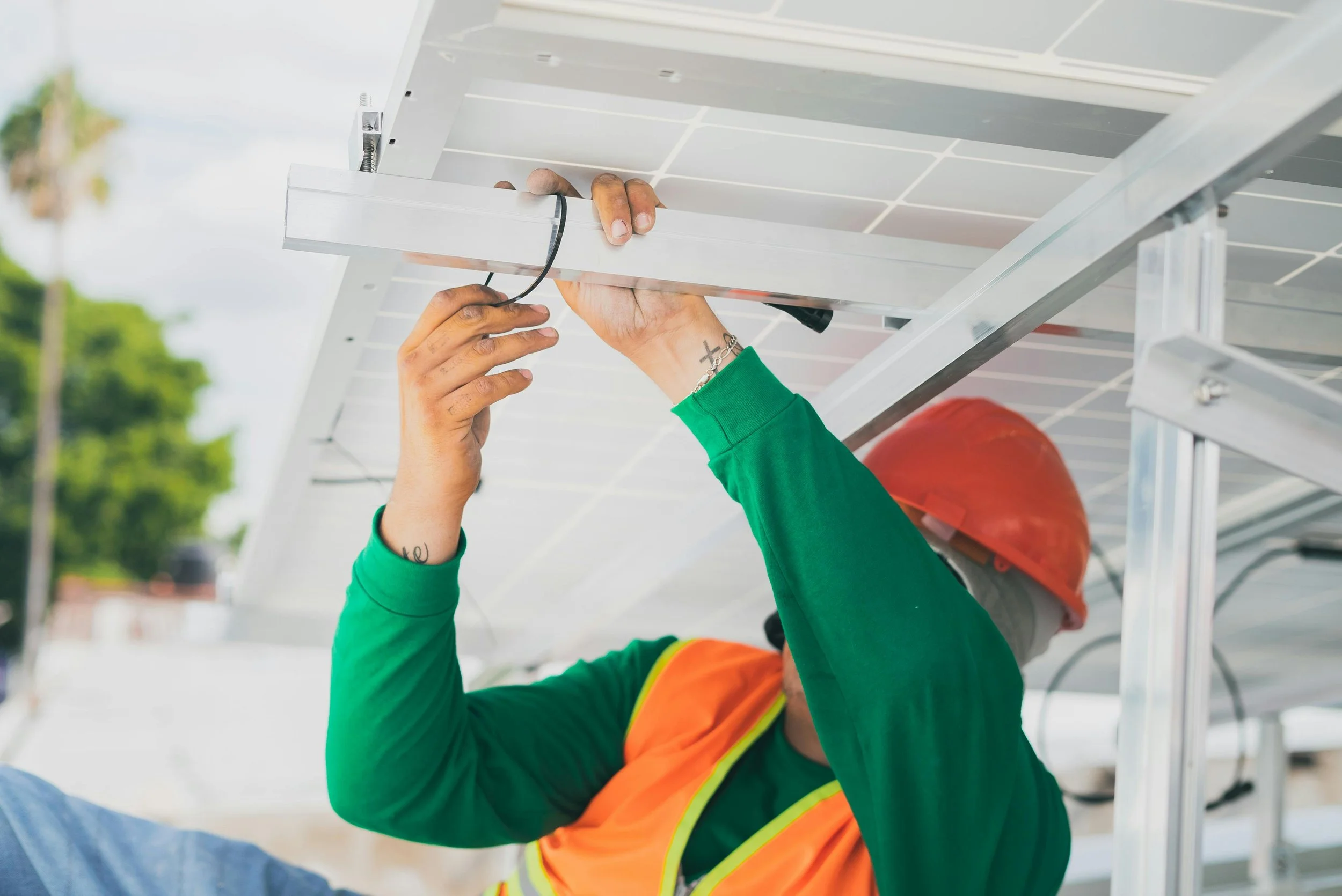Common Solar Installation Mistakes and How to Avoid Them
Investing in solar energy is a smart move for homeowners looking to cut electricity bills and reduce their carbon footprint. But like any major home upgrade, the success of your solar system comes down to proper planning and execution. Unfortunately, too many homeowners fall into common traps that can affect system performance, longevity, and savings.
In this blog, we’ll explore the most common solar installation mistakes — and how you can avoid them for a smooth, successful switch to solar.
1. Choosing the Wrong Installer
Not all solar installers are created equal. Some may offer low prices but cut corners or lack proper licensing and accreditation. An inexperienced installer may fail to follow local regulations or install the system incorrectly, leading to safety risks or poor performance.
How to avoid it:
Choose a Clean Energy Council (CEC) accredited installer
Check customer reviews and completed projects
Ask about warranties, support, and maintenance
Don’t be swayed by the cheapest quote — prioritise quality and reputation
2. Poor System Design
Every home is different, and so is every solar setup. A common mistake is installing a system that’s either too small to meet your energy needs or too large for your roof space or budget. Orientation, shading, and your household usage patterns all impact system efficiency.
How to avoid it:
Have a professional conduct a site inspection and energy assessment
Ensure your panels are positioned to maximise sunlight throughout the day
Ask your installer to explain your expected daily output and savings
Consider future-proofing your system if your energy usage is likely to grow
3. Ignoring Battery and Backup Options
Some homeowners assume they’ll always have power because they have solar. However, grid-tied systems shut down during outages unless paired with a battery or backup solution. Failing to consider storage can limit the benefits of your system, especially during blackouts or peak evening hours.
How to avoid it:
Discuss battery storage options early on
Choose a system that is battery-ready or scalable
Explore hybrid setups for added flexibility and energy independence
4. Skipping the Paperwork
Solar installations require proper approvals, inspections, and paperwork for grid connection and incentives like rebates or feed-in tariffs. Rushing the process or failing to file documents can lead to delays or missed financial benefits.
How to avoid it:
Work with an installer who manages the application process for you
Double-check timelines for government incentives and rebate eligibility
Keep a copy of all installation certificates and warranty documents
5. Overlooking Maintenance
Solar systems are low maintenance, but not maintenance-free. Dust, debris, and general wear can impact performance over time. Some homeowners install and forget — and then wonder why their savings decline.
How to avoid it:
Schedule regular system checks and panel cleaning
Monitor performance through your inverter or solar app
Address issues like shading or inverter faults promptly
Installing solar is one of the best investments you can make for your home — but it’s worth getting right the first time. By choosing a trusted installer, designing the right system, and staying proactive, you’ll enjoy greater savings, reliability, and peace of mind for years to come.
Get in touch today to start our journey together.
Stay committed!
Damien Frearson

